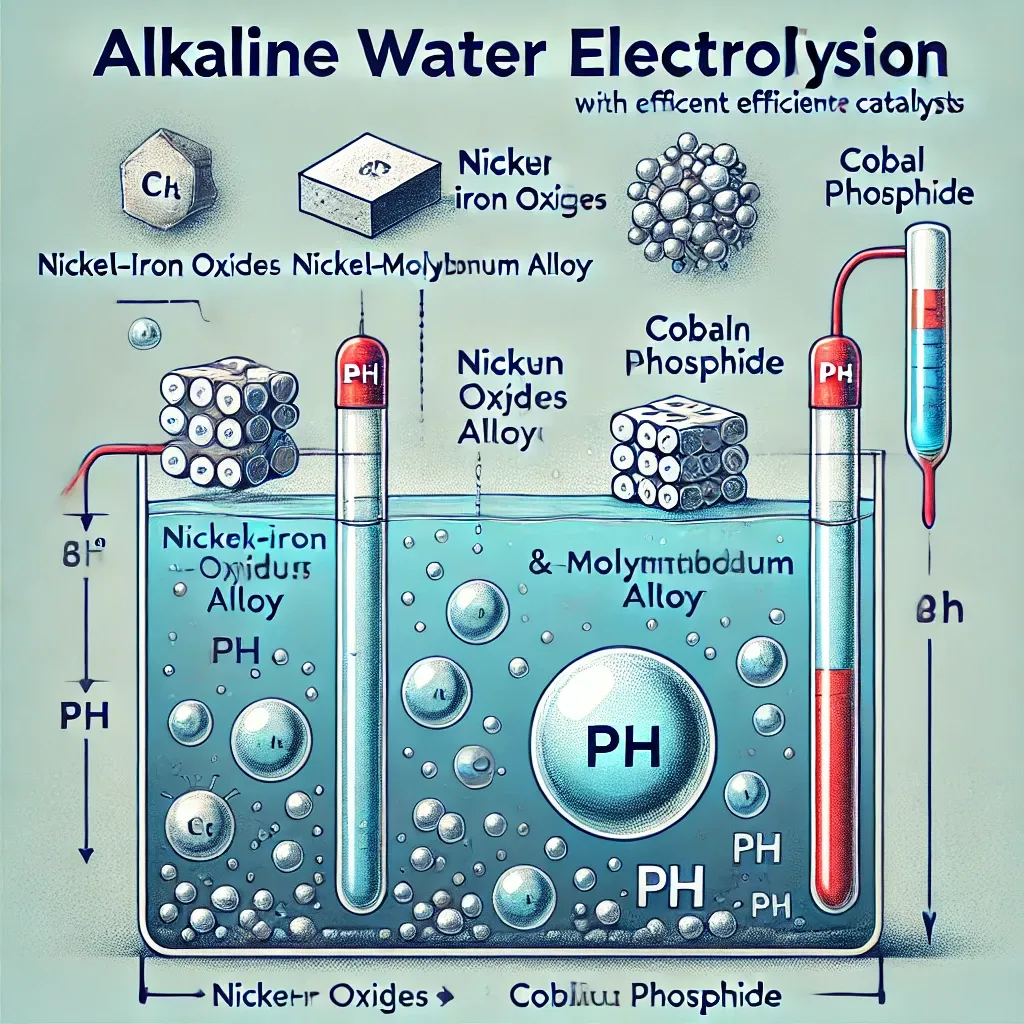The most effective catalyst for alkaline water electrolysis usually involves a combination of nickel, cobalt, and platinum-group metals. Let's look at the top options available:
1. Nickel-based Catalysts (Common and Affordable)
Nickel-Iron (NiFe) Oxides & Hydroxides –
Exceptional for oxygen evolution reaction (OER).
Nickel-molybdenum (NiMo) Alloy – Highly efficient for
hydrogen evolution reaction (HER).
Nickel-Cobalt (NiCo) Oxides – Boosts OER and HER performance.
2. Cobalt-based Catalysts (Highly Efficient)
Cobalt Oxides (Co₃O₄, CoOOH) – Effective for OER at a
reasonable cost.
Cobalt Phosphide (CoP) – Enhances HER activity in alkaline conditions.
3. Platinum-Group Catalysts (Most Effective but Pricey)
Platinum (Pt) on Carbon – Ideal for HER but comes with
a high price tag.
Iridium Oxide (IrO₂) & Ruthenium Oxide (RuO₂) – Very active for OER but costly.
4. Up-and-Coming Catalysts
Perovskite Oxides like SrCoO₃ and LaNiO₃ – Deliver
high OER performance.
Transition Metal Dichalcogenides such as MoS₂ – A good
alternative for HER.
Top Pick?
For large-scale alkaline water electrolysis, using nickel-iron Oxide (NiFeOx) for OER and Nickel-Molybdenum(NiMo) for HER strikes the best balance between efficiency, cost-effectiveness, and stability.
Would you be interested in diving deeper into the specifics of these catalyst options? 😊


